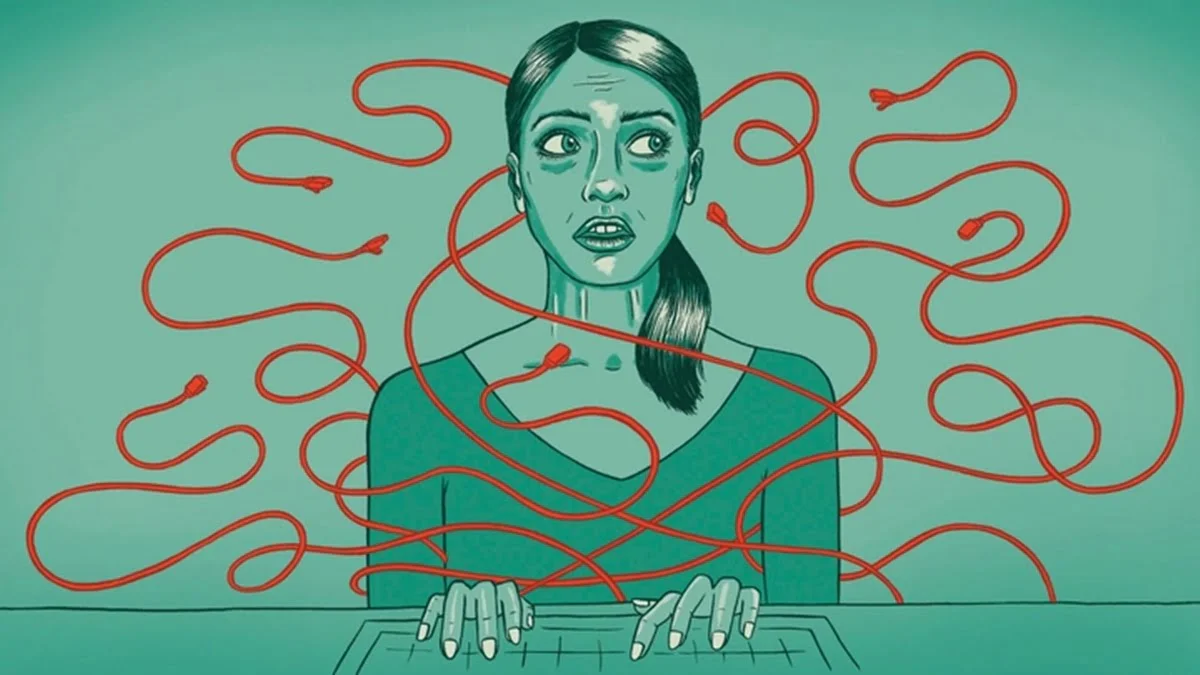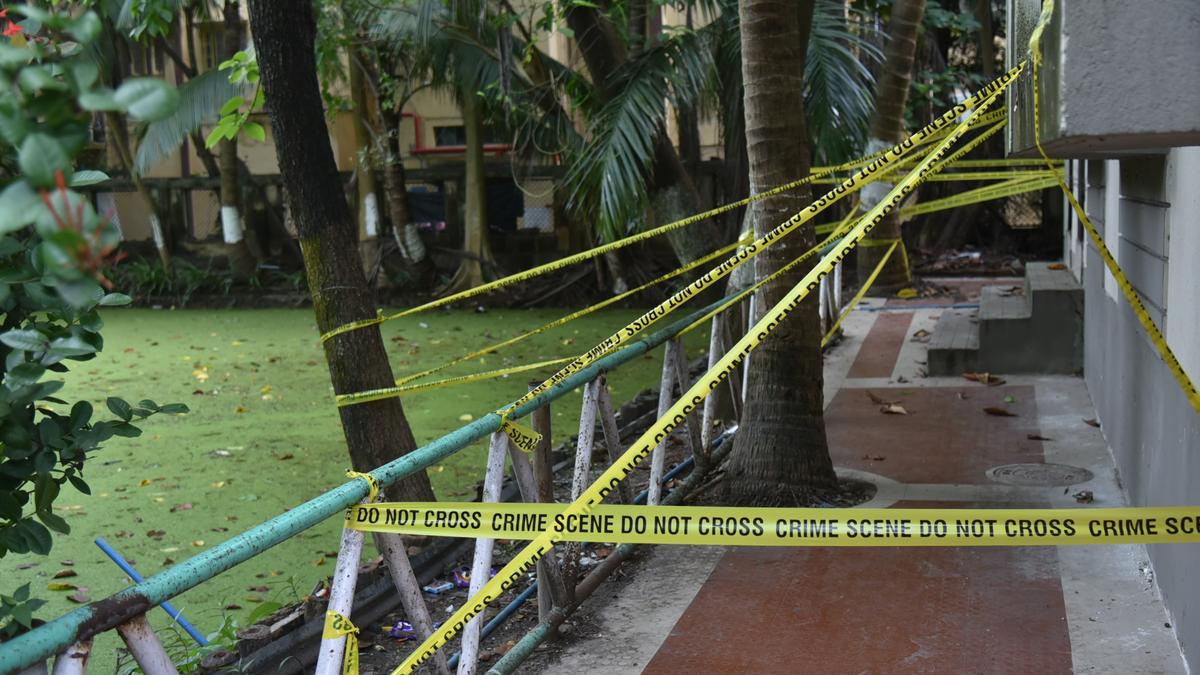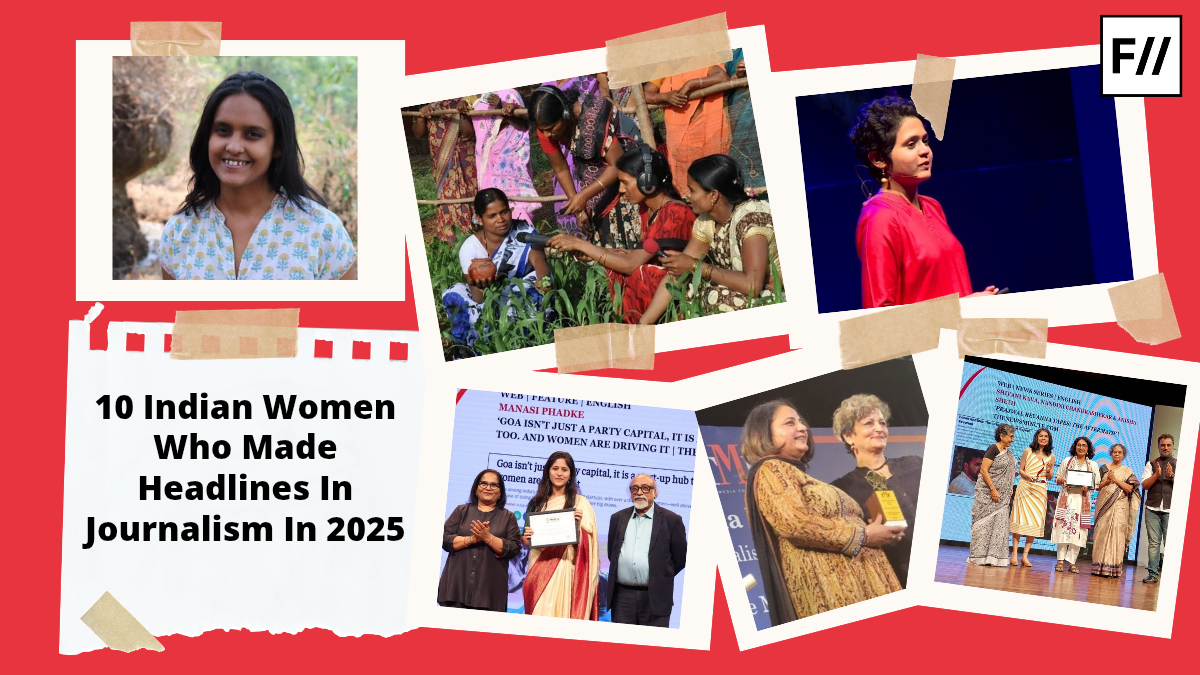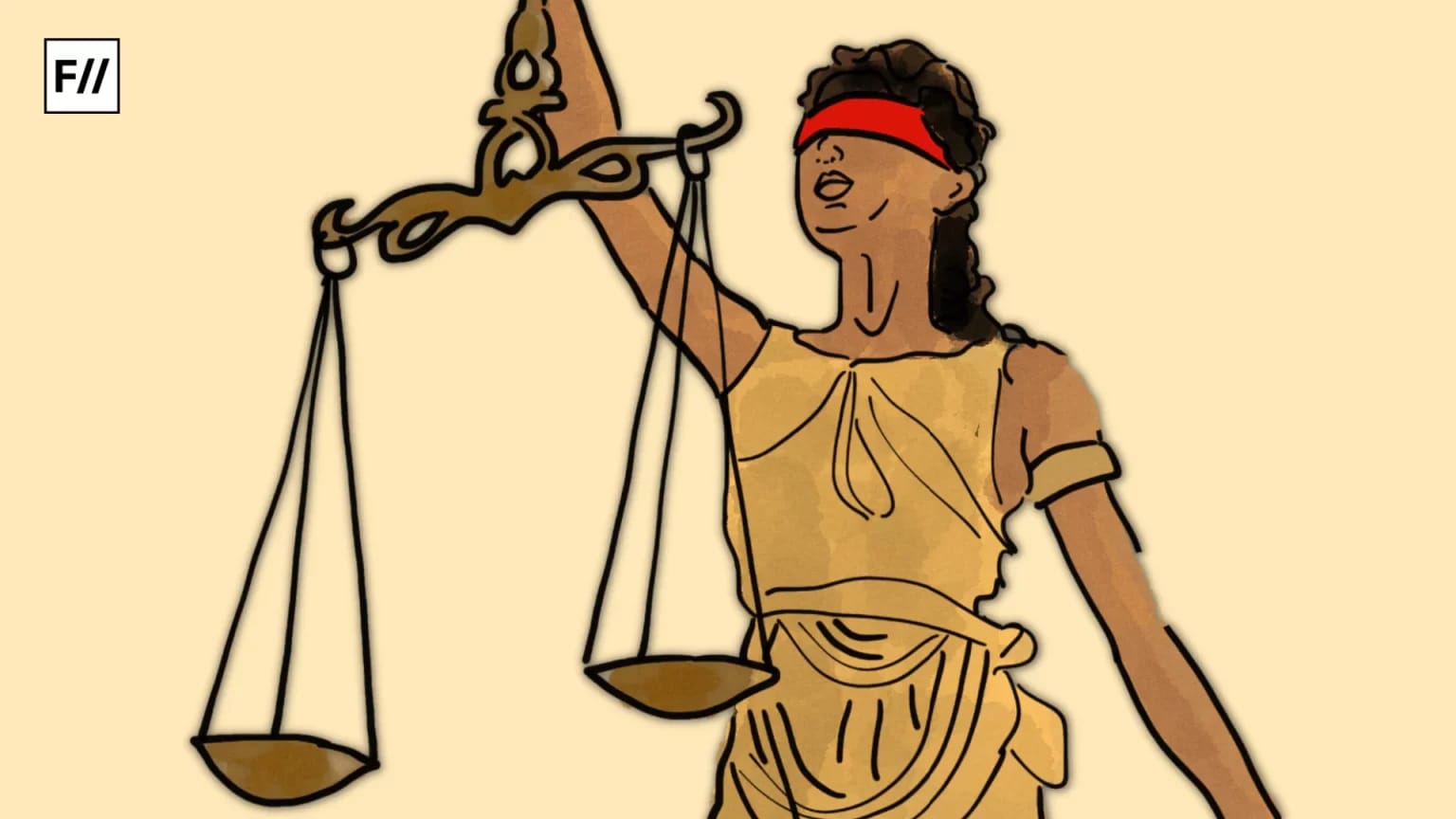The demise of a 21-year-old woman at Jadavpur University, Kolkata, acted as a grim reminder of media sensationalism. The undergraduate student was pursuing a degree in English Literature and was in her third year. During an event organised by the Drama Club, the woman reportedly slipped and fell to her death in a lake within the university premises. A while later, her body was found floating in the lake. She was promptly taken to the nearby KPC Medical College and Hospital, where she was declared ‘dead’. Her parents were informed late at night. The police are investigating the incident. The initial post-mortem report, however, stated drowning as the primary cause, and no other injury was found. The media, on the other hand, blew things out of proportion, laying bare their bias, conservatism, and political inclination.
Defining media sensationalism
What grew steadily in the 19th and 20th centuries, yellow journalism, refers to the precedence of ‘sensationalism’ over ‘facts’. The style of reporting highlighted the need for ‘exaggeration’ to make it sound sensational and believable. What paved the way for “investigative” journalism has swerved from its intended motive and is being used to further selfish agendas. Yellow journalism, coupled with fake news, challenges people’s perceptions. Studies have shown how people tend to believe fake news more often than not.
Sensationalised content not only pushes people to believe by confirming their bias but also keeps them away from questioning their established beliefs. Thus, it only churns out homogenous content, obstructing the truth with hyperbole, excessive negativity, coloured illustrations, anonymous sources, etc. This style of reporting clashes with the principles of ethical journalism, which aims to maintain objectivity. Ethical journalism adheres to the principles of truth, courage, fairness, and independence. This is entirely contrary to yellow journalism.
Privacy invasion and the ‘death knock’
A News 18 Bangla video, which features on-ground reporting, has been using the woman’s pictures, which they accessed from her social media profile. While social media profiles are publicly accessible, this raises privacy concerns. The ‘death knock’ is a controversial practice. It refers to the usage of the picture of the bereaved, following the tragedy, to give the tragedy a human face. Many journalists consider this a negative aspect of their job. However, since the implosion of social media, journalists have been searching for pictures on the victims’ social media profiles.
Women’s bodies get policed everywhere. The news video in question has displayed numerous pictures and videos of the young student and provided a character sketch. Instead of reporting on the ‘facts’, the on-ground reporter seems to have analysed her social media profiles to conclude that the woman was quite “sociable”.
The video in question displays numerous pictures and videos of the young student and provides a character sketch. Instead of reporting on the ‘facts’, the on-ground reporter seems to have analysed her social media profiles to conclude that the woman was quite “sociable”. This is irrelevant to the conversation. Utilising social media pictures does not give the family of the bereaved the ability to control the portrayal of the victim. Women’s bodies get policed everywhere. Hence, it is of utmost importance that the portrayal of the victims is attuned to the family’s wishes. While numerous journalists report that they were under pressure from higher-ups to dig for pictures, ethical considerations are a must. Samira Ahmed wrote for The Guardian on how her ethics were shaped following an incident.
Talking to the family in advance, giving them time to reflect, and asking for an image if they want to publicise it professionally are the steps to be taken. The respect for the bereaved, as well as for the family of the bereaved, should be of sole importance. While journalists need to be careful when dealing with tragic events, the sensibilities should trickle down from the top. When Samira Ahmed went to report on a tragedy, a seasoned reporter had set the precedent.
Clickbait, Consumerism, and the Case for Responsible Media:
Exaggerated titles, clickbait, hyperboles, and scandalous images are what yellow journalism feeds on. The thumbnails not only evoke a sense of curiosity but also act as a prologue towards the “doom”. The death of the young woman was often termed as “rohoshomoy-mrityu”, which translates into “mysterious murder”. The words point towards an incident that requires investigation, piquing the viewers’ curiosity. Since initial reports have classified the demise as death due to drowning, the media’s exaggeration was based entirely on “sensationalism”.

These channels have been reporting the death using such viral headlines and playing “eerie” background music, supporting it with photos from the scene. The common denominator was the photograph of the pond, which was sealed off from the public with yellow tape and cautionary words written in black. The pond was referred to as “obhishopto” or ‘cursed’ by a media channel. Instead of reporting on the findings of the official investigation, the use of clickbait, photographs, and videos from the scene intends to create an urgency to “know more”. These baits compel the user not to scroll past, furthering narratives that give rise to ‘conspiracy’ theories.
During the investigation, media channels continued to question the “motive” behind the woman’s presence on campus. A deceased adult woman had to face questions that evoke the sentiments of the general public. With netizens’ uproar against her presence on campus at night, a deceased woman could not leave behind questions regarding a choice that she might have made herself. The questions, as instigated by the reporters, were being answered by netizens, not only critiquing her character but also her “freedom of choice”.
Exaggerated titles, clickbait, hyperboles, and scandalous images are what yellow journalism feeds on. The thumbnails not only evoke a sense of curiosity but also act as a prologue towards the “doom”. The death of the young woman was often termed as “rohoshomoy-mrityu”, which translates into “mysterious murder”.
Muffled by the media voices that tell people “how to feel”, truth and justice get lost. What could’ve been a moment of accountability was misdirected into anger against young students and their freedom.
When it was time for the family to grieve, journalists and reporters held their cameras to the faces of the grieving. Channels have gone to the extent of recording the woman’s room, invading any remaining ounce of privacy she had. Thus, sensationalism has not only mocked the family’s grief but also laid it bare for the nation to watch.
Questioning the deceased young woman’s relatives and neighbours regarding her “character” shows us how the media is looking for answers to irrelevant questions. The call to her “bisesh bondhu” or “special friend” by a media outlet, seemingly revealed their intention to problematise a relationship that might have been harmless. Visuals of distraught and frenzied neighbours and relatives serve as a tearjerker for the audience that consumes them.
Social media and legislative responsibility
Given how algorithmic bias has led social media to be flooded with content similar to what we have watched earlier, it has become impossible to escape the matrix. In other words, sifting the truth from unnecessary noise has become a challenge for consumers. Since social media content creates an echo-chamber of similarly situated people, it becomes increasingly complex to challenge people’s already formed ‘perceptions’. The responsibility also lies with the legislature. Implementing laws that protect the privacy of the deceased and their families should be brought in. The use of public social media handles by victims should be regulated. Reports should be based on confirmed and tangible sources. To curb yellow journalism, one must not only be a responsible producer of news and media content, but also a responsible consumer.






Sorry, but why are families suddenly being given the power to decide whether reporters can or cannot publish something? I don’t think my family, even though I love and trust them, should be the ultimate authority on how I am portrayed.